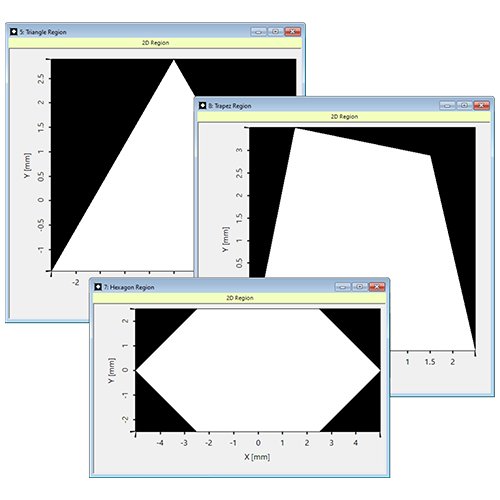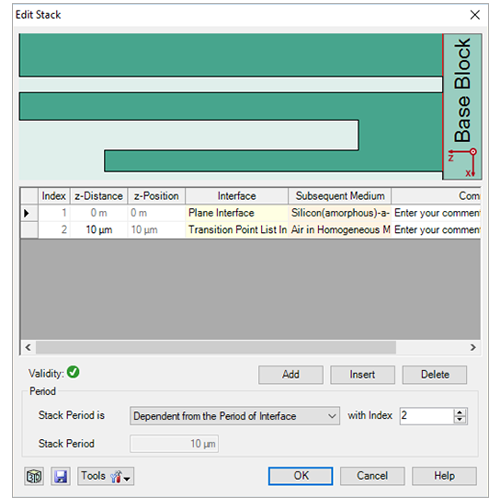Specification of Diffraction Orders and Efficiencies for Grating Regions
Abstract
For the simulation of AR & MR devices VirtualLab Fusion offers the Light Guide component. Grating regions can be defined on the surfaces of the light guide for coupling purposes. These regions are very flexible in their configuration: the shape of the region, its channels, the parameters of the grating and how many grating orders are to be traced through the system, as well as the method used to simulate the interaction of light with the grating, can all be adjusted at will by the user.
In this tutorial we focus on the configuration of grating-related aspects: selecting which grating orders to simulate and the different mechanisms to determine their efficiencies (idealized or rigorous).
VirtualLab Fusion Configuration
-
 VirtualLab Fusion
VirtualLab Fusion
-
 AR VR MR Package
AR VR MR Package
-
 Grating Package
Grating Package



